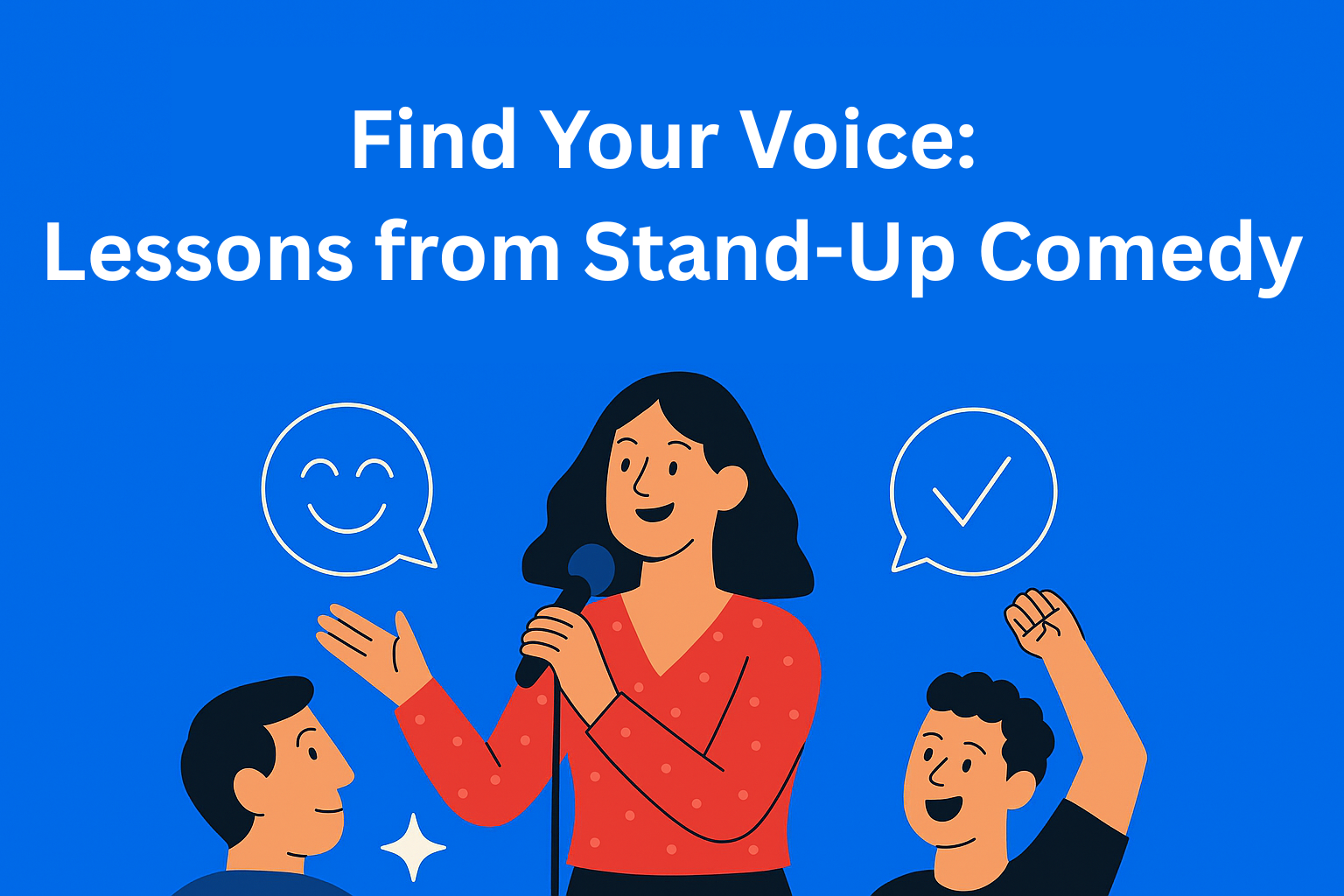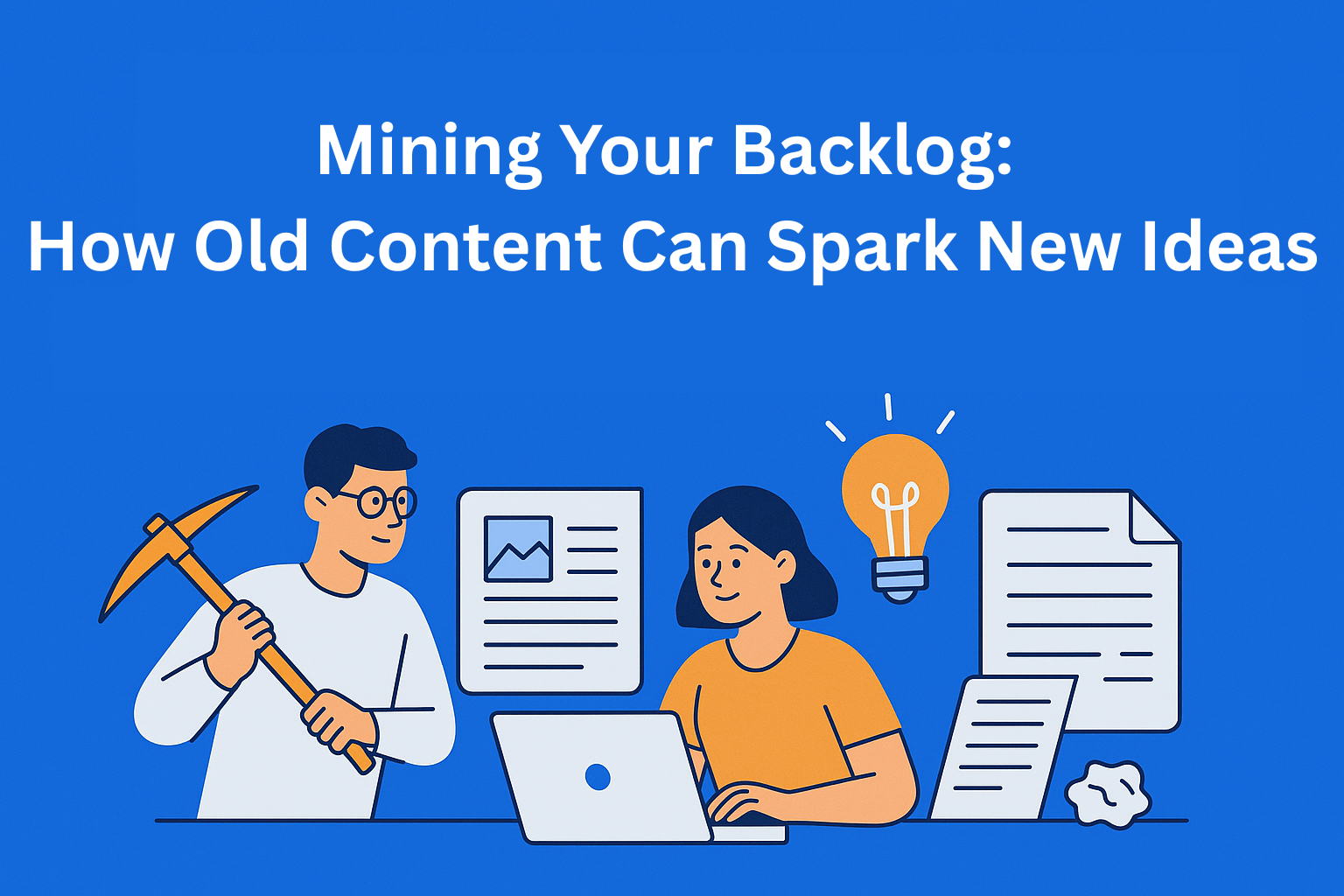Is Your Content Giving Off AI Vibes? Here's What to Watch For
Is your content sounding too AI? Learn how to spot robotic tone, overused buzzwords, and generic phrasing and get practical tips to make your writing feel more human, authentic, and engaging.

You didn’t spend years sharpening your writing skills just to sound like ChatGPT with a keyboard. But here we are - polished sentences, zero soul. That's because our AI friends are doing most of the talking.
In a time when we're using AI tools for writing, editing, and even brainstorming, it’s incredibly easy for content to lose its human touch. That becomes a real issue, especially when everyone sounds the same. In this sea of similarity, we need to stand out like a lighthouse.
In this blog, I’ll walk you through some common signs your content may be giving off "AI vibes" and share practical tips to help you make it sound... well, less AI.
Key Takeaways
- AI-generated content often sounds too perfect or too robotic - clean grammar, but lifeless tone and generic transitions.
- Watch for overused buzzwords and cliché phrasing that dilute your brand’s voice and authenticity.
- Human-sounding content includes rhythm, opinion, and real-world context - like names, stories, and specific pain points.
- Editing with intention is key: vary sentence structure, add some messiness, and don’t shy away from emotion or uncertainty.
- Use a quick “AI-detox checklist” to make sure your content reads like it was written *by a human, for a human*.
How to Spot Content That Feels Too AI
Overused Corporate Buzzwords
If your content relies heavily on words like bottleneck, synergy, cutting-edge, game-changer, and streamline, it might come across as robotic or inauthentic. This is a common side effect of using generative AI tools without revising the output.
What to do instead? Read your draft out loud. If it sounds like you're giving a polished presentation to a team instead of having a casual conversation with a colleague, it's probably too generic. Every once in a while, replace "streamline the workflow" with something like "help the team quickly find what they actually need.".
Finally, this doesn't mean DON'T use these words, it just means - use them when it makes sense.
A Perfect Sentence Structure
AI tends to create sentences that are too neat. Everything flows perfectly, there are no surprises, but it ends up sounding boring. People don’t talk like that.
If you're in content, you know good writing needs rhythm, some fast, some slow, a few questions, maybe a tangent or two. That’s what keeps readers engaged. If your content is missing that, it might be tipping into AI territory.
Cliché Transitions and Phrases
AI often leans on lines like: Sound familiar?, Let’s dive in, Here’s the thing... They’re fine in small doses, but if every section starts the same way, your voice gets lost.
You don’t have to avoid them entirely, but use them like seasoning, not the main ingredient.
Long, Run-on Sentences
If your content reads like one long stream of consciousness with "—" and commas doing all the heavy lifting, odds are you’re copying AI style without meaning to.
Pro tip: Vary your sentence lengths. Short. Long. Questions? Sure. That kind of rhythm helps your content flow feel natural, not just grammatically correct.
How to Make Your Content Feel More Human
Write Like You're Talking to Someone
Swapping out "the organization must implement a solution to support scalability" for "your team is probably overwhelmed already, and it's only going to get worse" makes a big difference.
Great content strategists know: tone is everything. And that tone should feel more like a quick message to a teammate than a formal memo.
Add Real People and Real Moments
Instead of saying "unclear processes are slowing down onboarding," say: "John from HR has called support three times this week because he can’t figure out where to add new hires." That’s storytelling. And it’s what sets great digital marketing content apart.
Include Emotion, Opinion, and Doubt
Don’t be afraid to say: "Honestly, I didn’t get the point of this either, until I saw the results." Or: "This won’t work for everyone, but it’s worth trying."
AI doesn’t question itself. You should. That’s where the connection with the reader happens.
Let It Be a Bit Messy
Add a detour. Ask a question you don’t answer right away. Use internal slang from your team. Anything that makes it clear a real person wrote this. That’s what brings authenticity to your content marketing.
Quick AI-Detox Checklist
Use this list the next time you’re editing a blog post, case study, or newsletter:
✅ Are you repeating the same phrases too often?
✅ Are there real people, teams, or specific situations mentioned?
✅ Did you add a personal opinion or show any uncertainty?
✅ Does your tone have variety, or does it sound like it was written in one flat voice?
✅ Does it read more like a chat message to a colleague, or like a dry report?
If most of the answers are “no”, your content may be more AI than you intended.
Final Thoughts
To sum it up: AI is a great tool. For speed, for structure, for ideation. But if you want your content to build trust, authority, and real engagement, you can’t let the tool write for you.
Your content needs a pulse. It should show that you understand the topic, that you care, and that you get what your readers are dealing with.
So the next time you write a blog post, email, or landing page, don’t just ask: "Does this explain the concept?" Ask yourself: "Would I actually want to read this?"
If the answer’s unclear, you know what to do.






